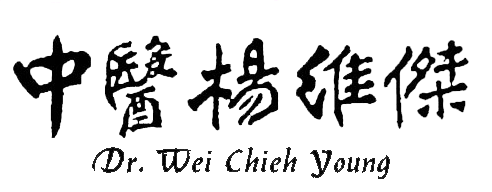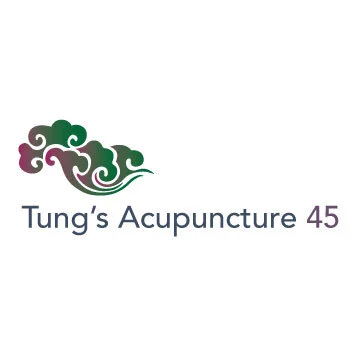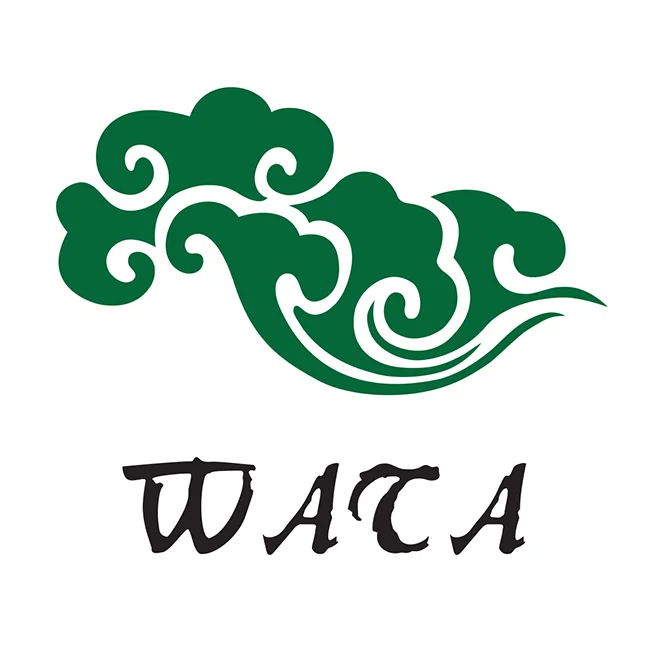7. Both Muhuo point and the Daoma of Linggu and Dabai treat the sequela of stroke. What are the common reasons?
/Stroke is closely related to wind (wood) and phlegm (fire). There are only two yin channels that travel to the head, which are wood (liver) and fire (heart) channels. Liver wind (wood) and phlegm fire (fire) are two main reasons of wind stroke. Wood fire channels and wood fire points are best selections for treating wind stroke and its sequela.
Muhuo (wood fire) point is named because first it is on the fire (pericardium) channel, and located closely to the Jing-well wood point. Another reason is that the point is located in between the Jing-well (wood) and Ying-spring (fire) points on the pericardium. Muhuo point is located closely to the Zhongchong (PC1) point and has the functions to strengthen the heart and invigorate the blood. It also strengthens and enhances other points that are used to treat the sequela of the stroke. Supplementing wood fire or Muhuo has the effect of warming the yang (for the same reason, supplementing the mental and water (Jingshui) equals nourishing the yin). This is similar to that prescribing the Bu Yang Huan Wu Tang and Zhen Wu Tang to treat the stroke or its sequela.
Dabai and Linggu points are also between wood and fire points. Dabai is closely attached to the Sanjien (LI3) point, and has same attributes or nature as those of Sanjien (LI3) point. Linggu point is between Hegu (LI4) (belongs to wood) and Yangxi (LI5) (belongs to fire) points. It is located in between the wood and fire and bears the natures of the two elements. Another explanation is that Linggu is located closely to the Yangxi (belongs to fire) and has the nature of the fire element. In this case, Dabai belongs to wood while Linggu to fire. Using both of them is as supplementing the wood and fire, and hence creates the effect of warming the yang. Its function is like using the Bu Yang Huan Wu Tang and Zhen Wu Tang to treat the hemiplegia.
Muhuo point and Dabai-Linggu points both have the natures of the wood and fire and hence can treat wood-fire related diseases such as the sequela of the stroke. Muhuo point is located closely to the Jing-well point and hence can open the brain orifice. Linggu and Dabai are needled closely attached to the bone which corresponds to the kidney and communicates with the brain and hence can dredge and invigorate the qi and blood of the brain. However, Muhuo point is located in between the Jing-well and Ying-spring points and hence is more suitable for newly developed diseases and is not suitable for long needle retention. Dabai point is the Shu-stream point while Linggu is in between the Yuan-source point (Hegu LI4) and Jing-river point (Yangxi LI5), and both of them are needled attached to the bone; hence they are suitable for both newly-developed and chronic diseases and also are suitable for long needle retention.











今年 2020 為 董公景昌博士逝世45週年,為紀念 董公傳授絕學之用心,讓董氏針灸更加發揚,特舉董景昌逝世四十五週年紀念學術大會。